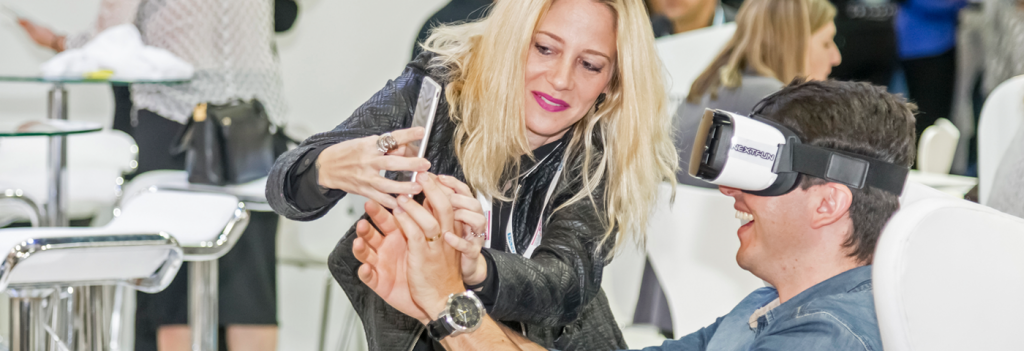By Paulo Salvador
There can be no doubt that the Trade Shows & Events segment is undergoing unprecedented transformation. The concrete signs of these changes are a direct consequence of three factors: 1) The exponential growth in digital tools, making the world more fluid, accessible and collaborative; 2) The explosion in mobile phone use that has changed the relationship between people and companies by destroying old certainties and reduced the differences between product and service, car owners and taxi drivers, hoteliers and flat owners, promoters and buyers, etc.; 3) The demographic revolution of the millennials: besides being numerous, they have different views on work and social and professional relationships.
The implications of these factors for the entire travel industry are evident: for the first time since the arrival of the internet, hotels are reinventing the “art of providing hospitality” with extreme boldness as they throw away the whole legacy of a centuries-old and industrialized service model. They are rethinking the experience and basing it on hitherto peripheral elements, such as access to art and culture, integration with local residents and the use of spectacular and extremely functional authentic design.
In the world of trade shows and events, movements such as TED/TEDx, South by Southwest (SXSW) and C2 Montréal, among others, are drawing attention to their disruptive model. These events are inspiring industry players with their extreme creativity, coupled with technology and applied connectivity, proving that traditional methods of learning, networking and closing deals are no longer effective. After all, the multiple information tools now available on our smartphones divert our attention and shift our focus. The next-generation participants of trade shows are eager for a mix of entertainment and storytelling and a variety of informal learning and connection options with customers and prospects. I say informal because even formality is being questioned in this changing world in which we live: in meetings and schools, in teaching methods, in social relations, in employment and hierarchy, in the use of language and in the way we network and do business.
Audience response apps with platforms in the cloud are turning the participants of trade shows and congresses into active and proactive actors, delivering better quality in sales discussions and generating inputs that enable the organizers to improve year after year. At the same time, other technologies such as beacons, augmented reality, virtual assistants and devices such as meeting scheduling hubs, apps with speaker and participant profiles, conference content, messaging, user-generated content, etc. will further drive this trend and become the fuel for changing our expectations when we attend a trade show.
The common thread guiding this whole transition process is called convergence; convergence between physical assets (hoteliers own hotels, trade show organizers own the ground, airlines own airplanes and car rental companies have cars) and the digital world. The passport to a bright future is understanding that the business world is not only about mastering either the physical field or the virtual field, but knowing how to manage the convergence opportunities between one and the other, between the physical and digital experience.
The trade shows and events of the future will be a hybrid and fluid mechanism of real and virtual engagement that is going to connect more people along multiple channels for a longer period of time (beyond the trade show), the ultimate goal of which will be to promote people’s knowledge and – undoubtedly – generate more business for the companies.
Guest Author
Paulo Salvador, Executive, Journalist and Sociologist for SciencesPo Paris, is the Global COO of Omnibees and a member of the Advisory Board of WTM Latin America.
